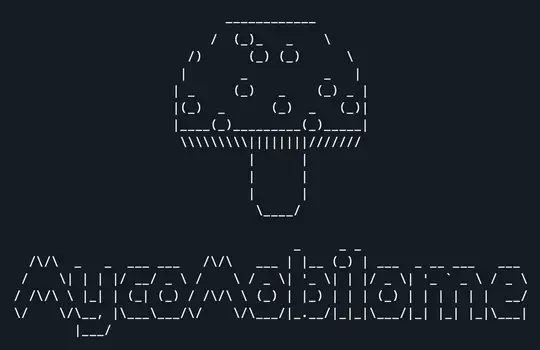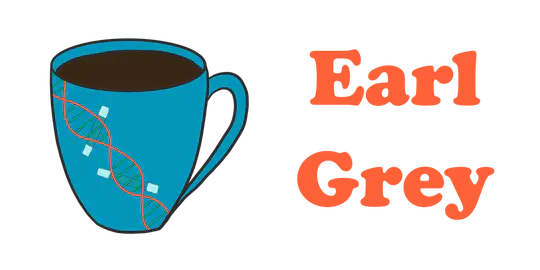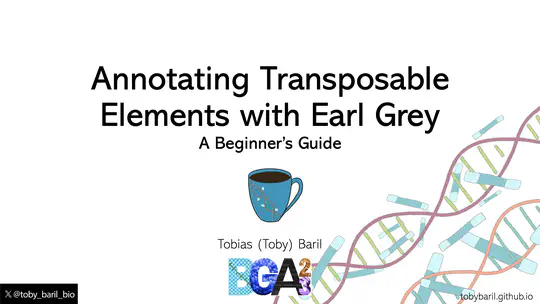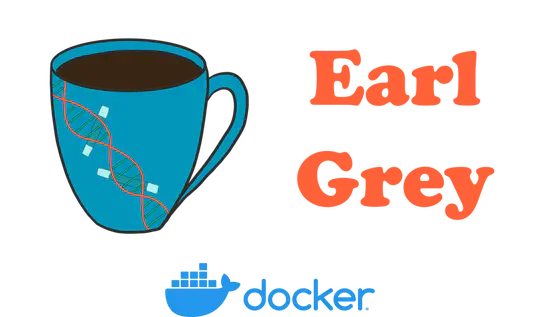I am an evolutionary biologist and bioinformatician investigating the mechanisms that drive genome innovation and host adaptation across the tree of life. Genomic diversity underpins biodiversity and adaptation, yet we still lack a clear understanding of the processes shaping genome architecture and its evolutionary consequences. My work shows that adaptation arises not only from single nucleotide changes but also from structural variation, particularly transposable elements (TEs), which reshape genome content and organisation. My work integrates large-scale evolutionary analyses across populations, species, and kingdoms, with advanced tool development to reveal how genome architecture evolves and underpins adaptation, and to make genomic analyses in non-model organisms more reproducible, scalable, and accessible to the wider community.
TEs are mobile DNA sequences capable of moving or duplicating within a genome, often with profound consequences. Their ability to reshape genome structure and function has been linked to major adaptive traits—from the evolution of the mammalian placenta and insecticide resistance in aphids to the melanic form of the peppered moth. Despite their often-parasitic nature, TEs have repeatedly served as a potent source of evolutionary innovation.
My research asks a fundamental question: To what extent is the complexity of eukaryotic life shaped by transposable element (TE) activity? Or put differently: How important are TEs as a source of functional genetic variation? To explore this, I focus on six interlinked research areas:
-
TEs and adaptation: What roles do TEs play in host responses to evolutionary and environmental pressures?
-
Insertion dynamics: What governs successful TE insertion, and can evolutionary outcomes be predicted?
-
Adaptive potential: How often, and in which contexts, do TEs provide adaptive benefits?
-
The origins of TEs: How did TEs originate, and what major diversification and expansion events led to present-day TE diversity?
-
Tool development: What new methods can accelerate TE discovery and classification?
-
Community resources: How can open science and shared infrastructure advance TE research globally?
As a model for population-level TE dynamics, I study the fungal plant pathogen Zymoseptoria tritici, which has rapidly adapted to fungicide pressure and shifting climates during its global expansion. By examining TE insertions across populations, I investigate how these elements contribute to resistance phenotypes and ecological plasticity.
More broadly, I explore the evolutionary dynamics that allow TEs to persist across millions of years despite often imposing fitness costs. This includes studying transposition activity, host suppression mechanisms, the impact of life-history on genome architecture, and the frequency of horizontal transposon transfer (HTT). Fungi, with their rich diversity and varied lifestyles, offer an ideal system to explore these questions at scale.
With the explosion of genomic data, I apply scalable approaches to analyse TE content across thousands of genomes. This work aims to assess how lifestyle and ecology shape TE loads, and create a curated, community-accessible resource for fungal TE diversity. The methods I develop are designed to be broadly applicable across the eukaryotic tree of life.
In parallel, I build bioinformatics tools to make TE research more accessible and reproducible. I developed the Earl Grey TE annotation pipeline, tailored for non-specialist users. I am also exploring AI-driven approaches, including large language models (LLMs) and image analysis, to improve TE classification and automate curation of consensus libraries, especially for under-studied non-model organisms.
I am an active contributor to the TE Hub consortium, a global initiative to develop tools, datasets, and best practices for the TE research community.
Currently, I am an SNF postdoctoral fellow in the Laboratory of Evolutionary Genetics led by Prof. Daniel Croll at the Université de Neuchâtel, Switzerland. I completed my PhD in Evolutionary Genetics with Dr. Alex Hayward at the University of Exeter, funded by the BBSRC SWBio Doctoral Training Partnership.
Current Appointments
Editorial Board Member - BMC Genomics




